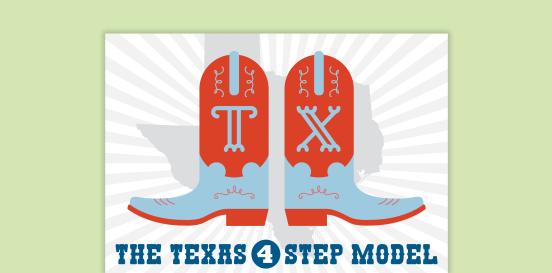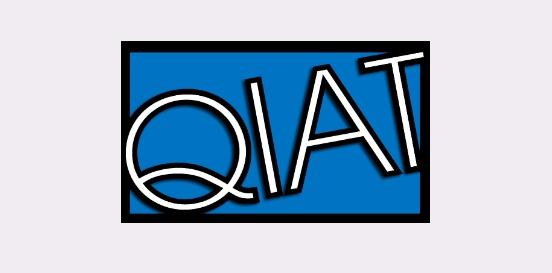Video Magnifier /Closed-circuit Television (CCTV)
Considerations
Take the following considerations into account when selecting and implementing AT to ensure that the chosen tools are well-suited to the student’s needs, align with their goals, and seamlessly integrate into their educational journey. By embracing a collaborative approach and considering the specific skills, tasks, and implementation context, educators can provide students with the necessary support to thrive academically and functionally, promoting inclusivity and fostering their overall success.
Skills and Tasks What skills or tasks will the student utilize this tool for? What areas, functional or academic, does this tool support?
Enhance access to spoken word and conversations
Implementation Context In what activities, classes, or environments will the student utilize this tool?
A video magnifier/closed-circuit television (CCTV) is an assistive technology device designed to help individuals with low vision or vision impairments to read and perform tasks that require close visual attention.
It typically consists of a camera or cameras mounted on a stand above a viewing platform, which captures an image of the material being magnified. The image is then displayed on a monitor, where the user can adjust the magnification level and contrast to suit their needs. Some models also offer features such as adjustable color modes, text enhancement, and the ability to freeze frames for closer examination.
Video magnifiers/CCTVs are commonly used for reading printed materials like books, newspapers, and documents, as well as for activities like writing, drawing, and other close-up tasks. They come in various sizes and configurations, ranging from desktop units to handheld video magnifiers, allowing users to customize their setup based on their specific requirements and preferences. Overall, CCTV systems play a crucial role in enhancing the independence and quality of life for individuals with visual impairments.








